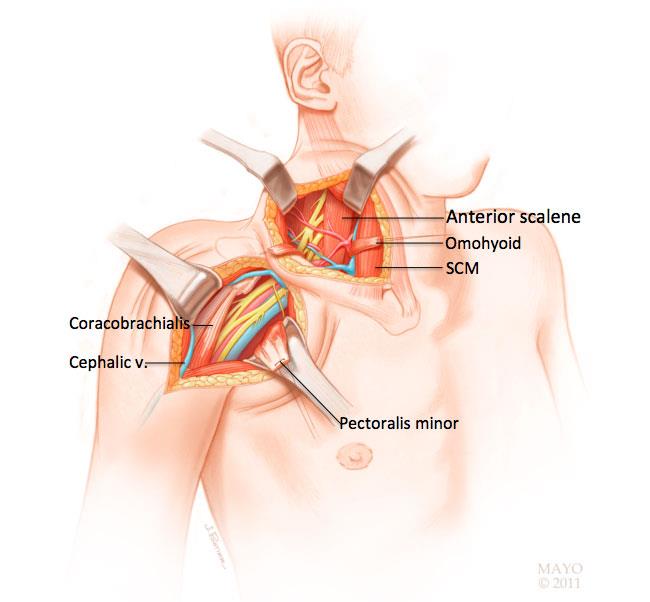What To Do If You Have A Problem With Your Brachial Plexus Nerve
The brachial plexus is a bundle of interconnected nerve roots at the base of the cervical spinal column, sending branches down to your arms and upper body. This group of small nerves is known as the brachial plexuses. These nerves control your upper limbs, including your hands, wrists, and fingers, allowing you to lift your wrist, open your hand, turn your hand, or toss a ball with ease. It is this control that makes the nervous system important in sports.
Many people don't use their brachial plexus when they are active
Their muscles can easily become fatigued. The brachial may not even be needed because of this, but you should make sure that it is working properly. If you're a person who spends a lot of time sitting, there may be a problem with the nerves in your legs. In addition, many people have problems with their neck and back muscles. If you notice any of these symptoms, your doctor may want to run tests to rule out any serious medical problems, such as a herniated disc or pinched nerves.
The nerve roots of the plexus are located below the level of the ribcage. In fact, the plexus can sometimes be found under the pectoral muscles, which lie between your breastbone and chest wall.
If your symptoms include numbness, tingling, or pain in your hands and feet, these nerve roots may be damaged. You may also experience pain in your knees, hips, lower back, ribs, and abdomen. This condition is referred to as sciatica. This pain is caused by irritation, inflammation, or compression of the nerve roots. As you can imagine, this causes problems, including pain, discomfort, weakness, or numbness in the affected area.
Tension in one or more nerves in your brachial might be another sign. When muscles tighten up, the nerve impulses they produce are compressed. The result is numbness. It's possible that if you have too much tension in one nerve, you may experience numbness in the lower part of the arm, leg, buttocks, and foot, or even in your hands and feet. In addition, the tension in your lower back may cause pain in your hip and knee.

You can feel the presence of the plexus in your belly button
However, it is not very noticeable unless there is pressure or friction in your abdomen. In some people, the plexus may even be located inside the abdomen. In these cases, it's possible to feel the plexuses at the site where the lower esophageal sphincter joins the stomach.
There is no real way to determine which condition you are suffering from until the doctor has checked it out. Your doctor will want to know the type of symptoms, how long the pain has lasted, what your lifestyle is like, your current medications, and any physical activities you do, such as playing sports or driving. He or she will want to know whether you're active or sedentary, or if you have had any underlying diseases that affect the plexus nerves, such as a tumor or cyst. in your stomach.
It is important to identify and eliminate all other potential causes of pain, including infections and muscle sprains, if any, before determining if there is nerve damage involved. If the doctor detects any signs of an infection or injury, he or she may prescribe antibiotics to clear up the problem. Other treatments may include physical therapy, injections, or electrotherapy. If nerve damage is the problem, he or she may suggest surgery.
A physical examination is usually conducted to rule out an infection in the region. It's possible that the area where the nerve roots enter is damaged. In this case, the doctor might also need to insert a small catheter in order to remove fluid that may have accumulated around the roots. if the infection is inoperable. An x-ray may also be helpful, since it can help identify the exact location of the nerve roots.
During the physical examination, the doctor will take a complete set of digital images, which can be analyzed to determine the position of the plexus in your body. The doctor will look for signs of tenderness and inflammation, including tenderness in the shoulder, elbow, forearm, and wrist. He or she may also use a heat generator to numb the affected area.
If the plexus is found to be intact and functioning correctly, the doctor will then determine which treatment is most appropriate, either by taking blood samples or performing tests. Blood tests are usually used to determine the levels of serotonin and norepinephrine, which are chemical messengers that transmit signals from the brain to the spinal cord. Certain types of medications may be prescribed to treat nerve damage, such as antidepressants, muscle relaxants, and antihistamines.
